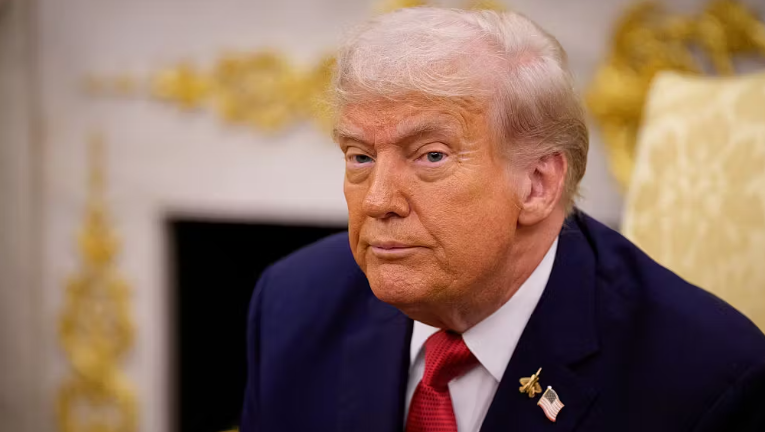Trump Eyes 2026 for $2,000 Tariff Dividend Checks Amid Legal Uncertainty
President Donald Trump said Friday that his proposed $2,000 tariff dividend checks for American citizens are still coming, but won’t be distributed this year. He now plans to roll them out in 2026, likely tied to the midterm election cycle.
“It will be next year. The tariffs allow us to give a dividend. We’re going to do a dividend and we’re also going to be reducing debt,” Trump told reporters aboard Air Force One.
Legal and Legislative Roadblocks
The plan faces multiple hurdles. Trump’s use of the International Emergency Economic Powers Act (IEEPA) to implement sweeping “reciprocal” and “trafficking” tariffs is currently under review by the Supreme Court. During oral arguments, the justices appeared skeptical of Trump’s legal authority, since the law doesn’t explicitly mention tariffs and has never been used this way before.
Asked if he would still send the checks if the court strikes down the tariffs, Trump replied, “Then I’d have to do something else.”
The dividend also needs congressional approval. Several Republicans have expressed concerns and suggested the administration should focus on reducing the federal deficit instead.
Who Would Get the Checks?
Treasury Secretary Scott Bessent said the administration is still debating the details but floated the idea of limiting the rebate to families making less than $100,000 a year. “It’s in discussion,” he said on Fox & Friends. “We haven’t decided on that limit.”
Trump previously said the plan would exclude high-income households, though no official income threshold has been announced.
According to the Tax Foundation, limiting the checks to those under the $100,000 mark would cost about $300 billion. That’s slightly less than the $464 billion price tag for similar COVID-19-era relief proposals.
Tariff Revenues and Economic Context
The IEEPA tariffs have generated roughly $90 billion in revenue since implementation through September 23, according to U.S. Customs and Border Protection. All Trump-era tariffs combined brought in $195.9 billion during fiscal year 2025 up through August 31.
Since many of the IEEPA duties weren’t fully in place at the start of the fiscal year, administration officials believe they could raise even more revenue going forward—provided the Supreme Court upholds their legality.
The rebate checks are part of a broader affordability plan, which also includes recent tariff cuts on imported beef, coffee, fruits, and other goods. In addition, Trump’s One Big Beautiful Bill offers tax relief on tips and overtime pay and gives $1,000 starter accounts to children born between 2025 and 2028.
What’s Next?
The future of the rebate program depends on two major developments: a favorable ruling from the Supreme Court and cooperation from Congress. Trump officials say they are ready to explore alternative relief options if the court blocks the tariffs.
Bessent added that “everything is on the table,” including other forms of direct assistance aimed at working families. Trump’s economic team is also predicting stronger growth in early 2026 as inflation continues to cool. The rebate checks could become a central issue as Trump campaigns to expand his congressional majority in the midterms.

